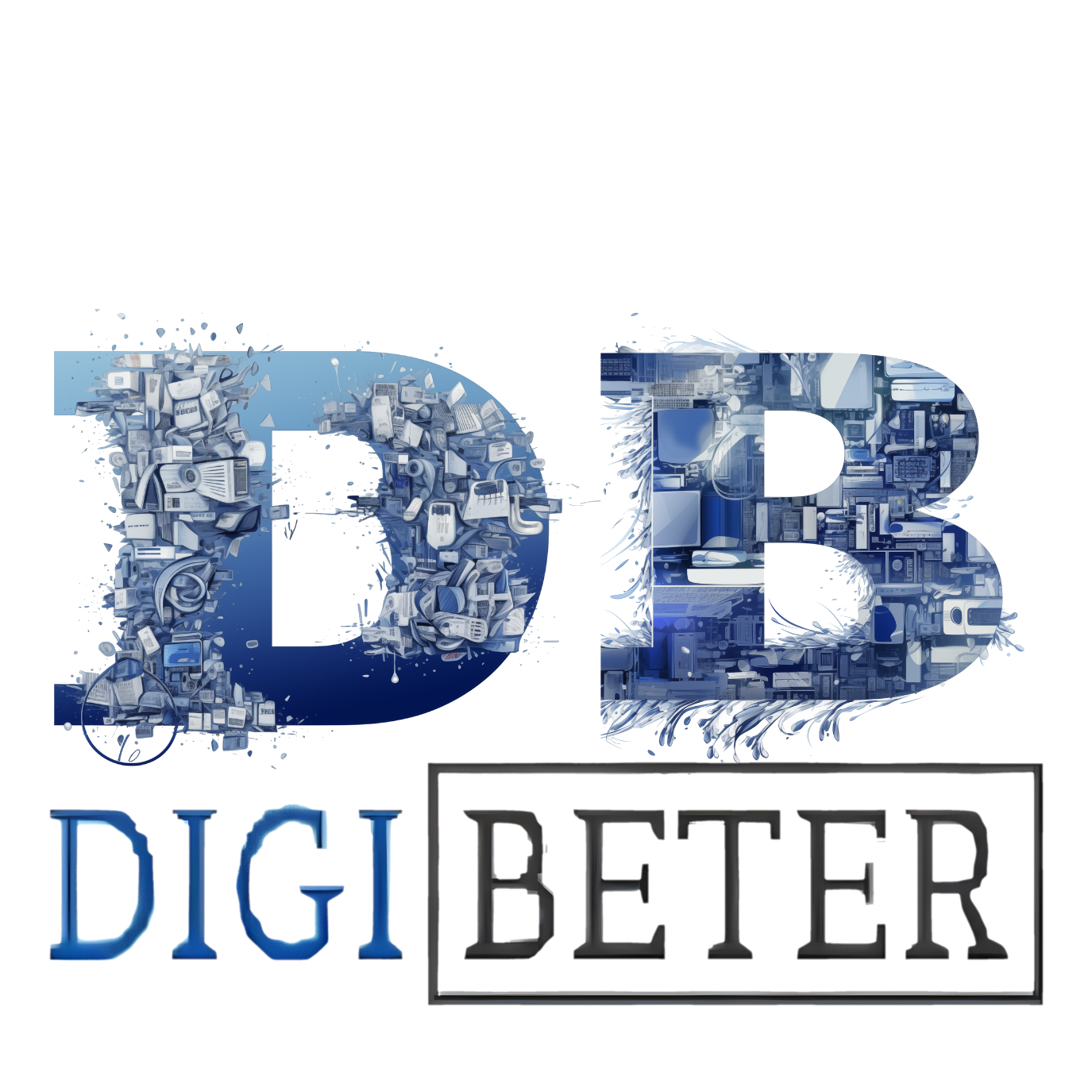Lees dit artikel in het Nederlands
Introduction
The role of the CIO has changed significantly in recent years, and that trend will only continue in the coming years. With the rise of generative AI and other advanced technologies, we are seeing a shift in the role of the Chief Information Officer (CIO). Whereas the CIO used to be primarily responsible for IT infrastructure and systems, the focus is now more on using technology to achieve business objectives. With the advent of Generative AI, the role is expected to change even more to one in which the CIO will need to pay more attention to (optimal) processes and the role of digital employees in these processes. Here’s why the CIO of the future will look more like a Chief Digital People Officer.
The changing role of the CIO
The new role of the physical employee
The new role of the physical employee, in the context of driving AI systems, requires a deep integration of technical skills and strategic understanding. Physical employees will increasingly function as managers of their digital counterpart, with responsibility for defining tasks and quality of execution. This means they must be adept at prompt engineering, understand business processes, data management (quality, structure, security), and creatively formulate tasks that enable AI systems to function accurately and effectively within prescribed parameters.
As the manager of your digital colleague, you are the AI’s educator. Provide the AI with high-quality information and record it in a “green booklet” (just as many parents do when their child is born) for future managers. So in that booklet, you record all the information you have given your new colleague so that future managers/educators of the AI will know the background well. Of course, a novice colleague is not perfect.
You will have to train and manage your digital colleague so that he can grow up to be a full-fledged colleague. Even from that training and management, it is useful to record the most important things for a possible future transfer. For example, it is useful to record what instructions you gave your new colleague because high-quality information (training data) in combination with the instructions (prompts) both have a great influence on the results.
This means you will need to be more digitally proficient as an employee, but also creative in developing prompts that direct the digital employee in such a way that it leads to desired outcomes.
Unfortunately, you never know everything about your new colleague but the more you know the better because that helps in giving the right instructions. Let’s compare it to the following. When we worked with Asian colleagues one time we noticed (by running our noses into the door) that the culture there is very different. After a given assignment, we asked if everything was clear which was answered with a “Yes.” However, in the culture there, we learned, it is not neat to say “No.” So actually the instructions were not clear but yet it was said that they were. To correct that, we had to be creative in our instruction and questioning so we could still be sure the instructions were understood.
Skills for employees
To do this to your digital new colleague requires a high understanding of business processes, the nuances of data quality and the ways in which data should be interpreted by the digital employee. But it also requires knowledge of the underlying mechanisms of (Gen)AI and how they are trained and with what data. Without this knowledge, it is difficult to be able to ask the right questions and ensure that the digital worker ultimately delivers reliable and useful results. In addition, if the output is not as desired, it is also difficult to be able to assess where that could possibly be due.
So it is also essential that the physical worker develop skills in critically assessing AI outcomes. They must be able to understand how the outcomes were created and be able to intervene quickly when the digital employee deviates from expected standards or when unforeseen problems arise. This requires ongoing dialogue with and about the digital counterpart, with the physical employee monitoring performance, implementing feedback loops, and making continuous improvements in interactions with the digital colleague.
This role thus requires a combination of more technical expertise and soft skills, including adaptability, critical reflection, problem-solving ability, and interpersonal communication. The physical employee must be able to communicate effectively with both the digital counterpart and less digital physical colleagues and stakeholders in the process. This is all to ensure that the deployment of AI is aligned with the strategic goals of the organization. Here the physical employee is the lynchpin who integrates AI, manages, coaches, trains and ensures harmonious, quality and productive collaboration.
Conclusion and Outlook
The transformation of the role of the CIO to a Chief P&O Digital People marks a shift in the business landscape. Integrating generative AI is transforming physical and digital employees into new forms of collaboration. The CIO of the future will not only be a technology leader, but also a strategist who brings humans and machines together to achieve business goals.
Employees will increasingly act as managers/coaches/educators of their digital colleagues. This requires a new set of skills, such as prompt engineering, (strategic) data management, and critical thinking/ reasoning with respect to AI-Output. Employees must understand both technology and business processes as experts in their field and hone their soft skills for effective collaboration.
In the next edition of our newsletter, we will elaborate on the new role of the employee. We will then unfold this further in subsequent blogs / newsletters.
